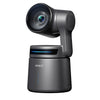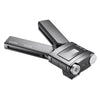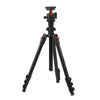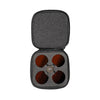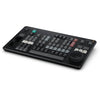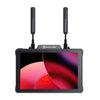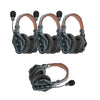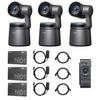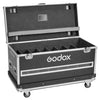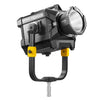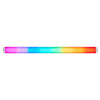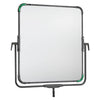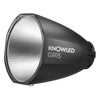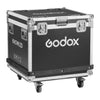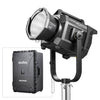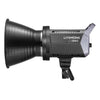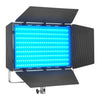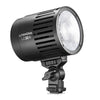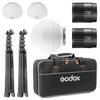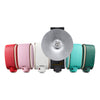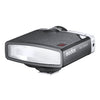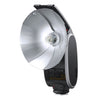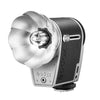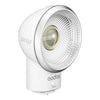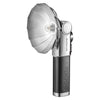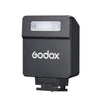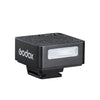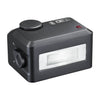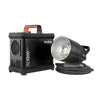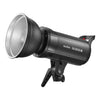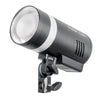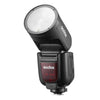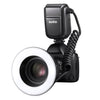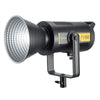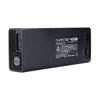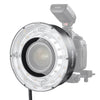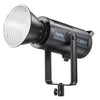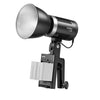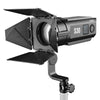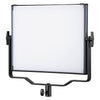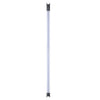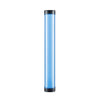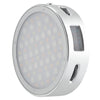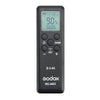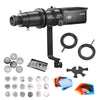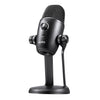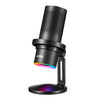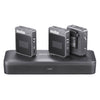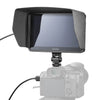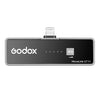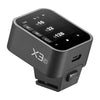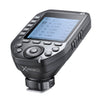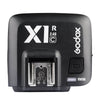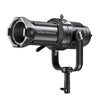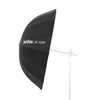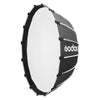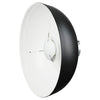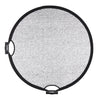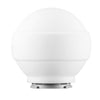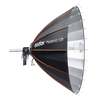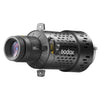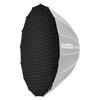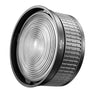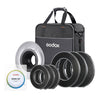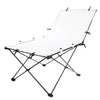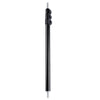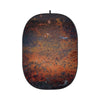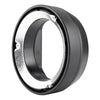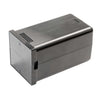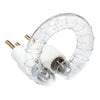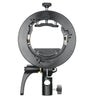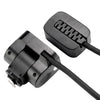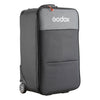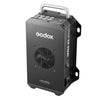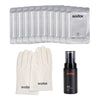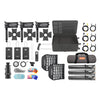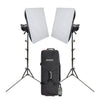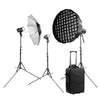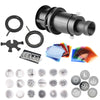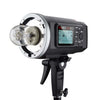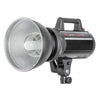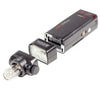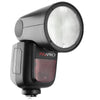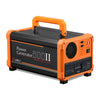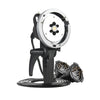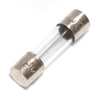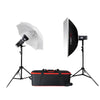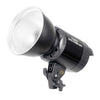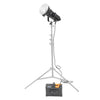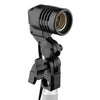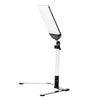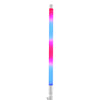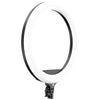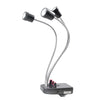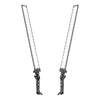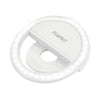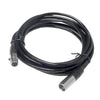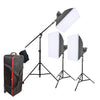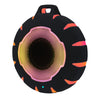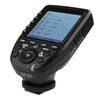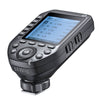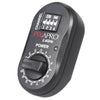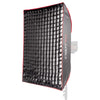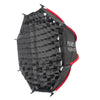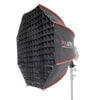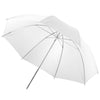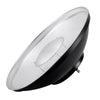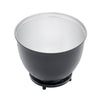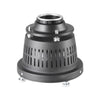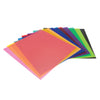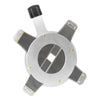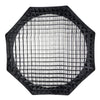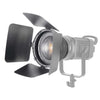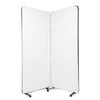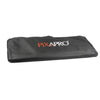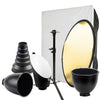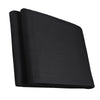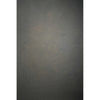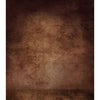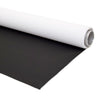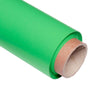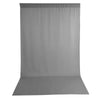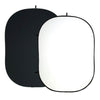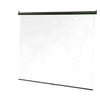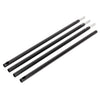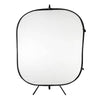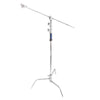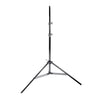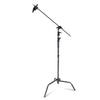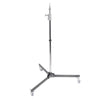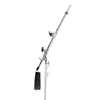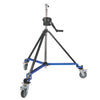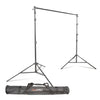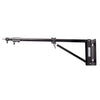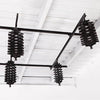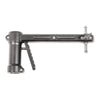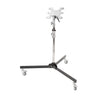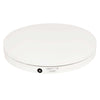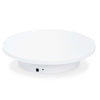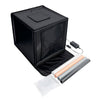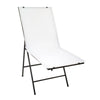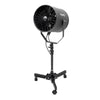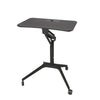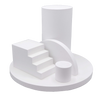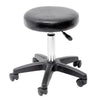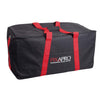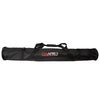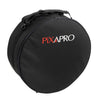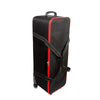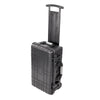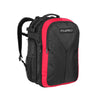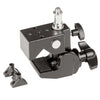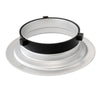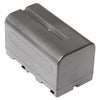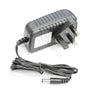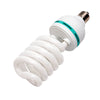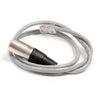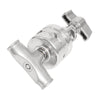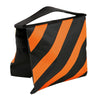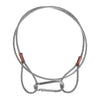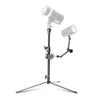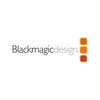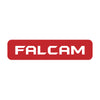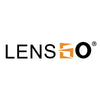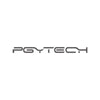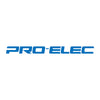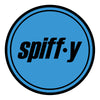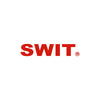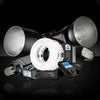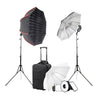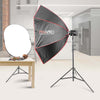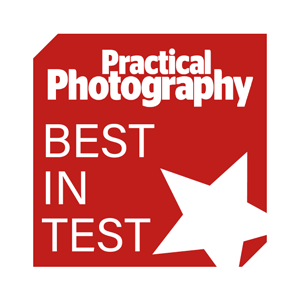An introduction to buying Studio Flash Lights
1. Flash Power
Generally, for a small studio or home studio, 200Ws flashes are usually sufficient, however if you have a big studio require a bit more flexibility, a higher-powered flash may be more suitable.
200Ws flashes are good for both amateurs and professionals alike. They work well in Home Studios or smaller studio spaces as they’re not too overpowering. They work well for photographing children and new-borns as well as small product photography and small groups of approximately two.
400Ws flashes are also good for home studios where you have a bigger space to work with. In a small space you may find 400Ws flash a bit over-powering, depending on the type of look you’re going for. 400Ws flashes are great for portraiture photography or larger groups of up to 6 people as well as photographing larger products.
600W’s are great for use in larger studio spaces or spaces with high ceilings. 600Ws flashes work well for photographing large products such as vehicles and machinery. They also work well for outdoor shoots and for shooting large groups of up to 20 people.
Please note that this is only a guideline and your individual needs may vary depending on your photographic style, and the look you would like to achieve. Also, the amount of lighting that you will be using will affect what flash you can use for example if you have lots of other light than you can get away with having a lower wattage flash for a larger area.
2. Power Range
It's always good to have flashes that give you the option of reducing the flash power down as much as possible. The majority of cheaper flashes on the market, an only be turned down to 1/8 or 1/16 of their full power, which limits your ability to shoot at wider apertures should you need to. Our LUMI series and KINO series flashes go down to 1/32. Our Higher-end PIXAPRO STORM II 600, as well as our portable flashes such as the PIKA200 go down to 1/128th of its power. The CITI600 Series flashes can be turned down to 1/256th of its full power, giving you even more flexibility on your photoshoot projects.
3. Flash Duration
Flash Duration is how long the burst of flash lasts for. Flashes with shorter flash durations have the ability to freeze motion. Flash duration is not so much of a concern if you are photographing still life, or for shooting portrait where there is very little movement (please bear in mind we have all have slight body movements when standing still), in which case most standard studio flashes should work fine.
However, if you are photographing action such as car racing, sports, children, water splashes etc. you will need a flash that can deliver shorter flash durations to ensure that the motion in the photograph is frozen with no motion blur. The best flash for this is the CITI600 as it has a can produce flash durations of between 1/220 second to 1/10,000 second whilst maintaining colour accuracy throughout.
On the other hand, The STORMII400 has a flash duration of 1/416second to1/4983 second and the STORM II 600 has a flash duration of 1/316 second to 1/4246 whilst maintain colour accuracy as a result the STORMII400 and STORM II 600 are great for wedding, portraiture, advertising and fashion photography as they are lightweight and compact flashes.
Also, the PIKA200 is a great portable flash with a good flash duration of 1/220 to 1/13000. The PIKA200 is great for the photographer on the go as it’s small enough to fit in a pocket but has the power of three speedlights. In addition, with it’s array of features such as a multi-flash mode which allows you to do stroboscopic photography.
4. Recycling Time
The recycle time is the amount of time it takes for the flash to recharge after being fired. Recycle time is a very important thing to think about when you would like to take a lot of photos in quick succession. The faster the recycle time the better and the less likely you are to get mis-fires. All of our flashes have a very fast recycle time enabling you capture the perfect image.
CITI600: 0.01 to 2.5 seconds
STORMII400: 0.005 to 0.7 seconds
LUMI400: 0.3 to 1.5 seconds
5. Acessory Fitting
The accessory fitting is the bayonet type is used to mount accessories such as soft boxes and reflectors. Luckily, nearly all of our flashes have use the Bowens S-Type fitting (which is the most common accessory fitting) meaning that they’re compatible with a wide variety of different modifiers. Bowens S-Type is the most common fitting in the studio flash industry however we have more options available.
6. Modelling Lamp
The Modelling lamp is a continuous light, normally located in the centre of the flash-tube as close as possible to the flash tube. The Modelling lamp is designed to give you an idea of the effect the flash will give once fired. For example, where the light will fall on the subject, or the density and direction of the shadows etc. Some flashes have proportional modelling lamps this means that the brightness of the modelling lamp goes up and down as you change the flash power. Manual modelling lamps enable you can manually adjust the modelling bulb’s brightness.
7. Optical Slave Cell
Enabling the Optical Slave Mode on your flash triggers that particular to fire when it senses the flash from another speedlight / studio flash. Slave mode is very easy to set up and will enable you use multiple flashes at the same time without additional receivers. However, one of the main weaknesses of using the optical slave function, is that your flashes all require direct line-of-sight in order for the flashes be able to see each other. Bright sunlight can also over-power the flash signal meaning that the other flashes don’t see the flash the they need to trigger from.
8. Flash Tube
There are two types of flash tubes: Bare-bulb styled, and traditional horse-shoe styled flash tubes.
The main difference between these two types of flash tube is that the bare-bulb styled flash tubes tends to protrude more than the traditional horse-shoe styled flash tubes, allowing the light to radiate in all directions. Bare bulb flash tubes tend to illuminate softbox more evenly and will give a better effect when using with parabolic umbrellas. All PIXAPRO portable studio flashes feature a bare bulb flash tube design such as CITI600, CITI600PRO, Hybrid360 and PIKA200.
Traditional horse-shoe styled flash tubes tend to sit more recessed compared to their bare-bulb counterparts and produce more directional lighting. All PIXAPRO mains powered flashes comes with traditional horse-shoe type flash tube as well as a glass dome (this is a unique feature available on PIXAPRO mains power flash compare to other brands at a similar price point). By using the glass dome produces a more omni-directional light which gives better spread of light, to get the most out of your flash modifiers. The glass dome adds a bit of protection to the Flashtube, reducing the risk of impact damage.
9. Radio Flash Triggering System
The PIXAPRO ONE System, is a 2.4GHz Radio frequency flash triggering system that is designed to trigger all of the flashes in the Pixapro eco-system. Since the PIXAPRO ONE system uses radio waves as opposed to light to trigger the flashes, they do not require Direct line of sight, which gives you a lot more possibilities compared to using optical slave systems. All of our current flashes (with the exception of the RIKO400) feature a built-in 2.4GHz flash receiver that is compatible with both our ST-III and ST-IV triggers. This means that you only need one trigger to control and trigger our full range of flashes and speedlites without needing to carry around lots of different triggers.
10. High-Speed Sync
High-Speed sync enables you to shoot at shutter speeds faster than your camera’s sync speed, enabling you to control the brightness of the sky with your camera’s shutter speed, and then using the flash to illuminate your subject. This feature is perfect when you have-to shoot outdoors on a bright sunny day. For more information on high-speed sync, please see our blog post about high-speed sync.
All of our current Portable Flashes and our STORM II series flashes all support High-Speed Sync.
Conclusion
As mentioned, a lot will depend on your budget but also your preference, shooting style and your requirements. Studio lights can cost a lot of money, but they are worth the investment as they for the most part is very reliable and can last you for many years to come.
We recommend a studio flash should that can be turned down to at least 1/32 of its full power. We also recommend studio flashes that use a Bowens S-Type accessory mount and give the option of adjusting the modelling bulb brightness, and a slave cell. The ability to adjust your flash power from the trigger.
Fast recycling time of 1.5 seconds at full power, or less would also be an advantage, and flash durations of around 1/10,000 of a second which would give you the ability to freeze motion. TTL (an automated system in which works together with your camera’s metering system but using a "Preflash" to determine the correct flash exposure that is required). Multi-flash mode is also handy for creating stroboscopic motion effects. All these are available for All PIXAPRO portable flash and on the STORM II series mains power flash range.







































